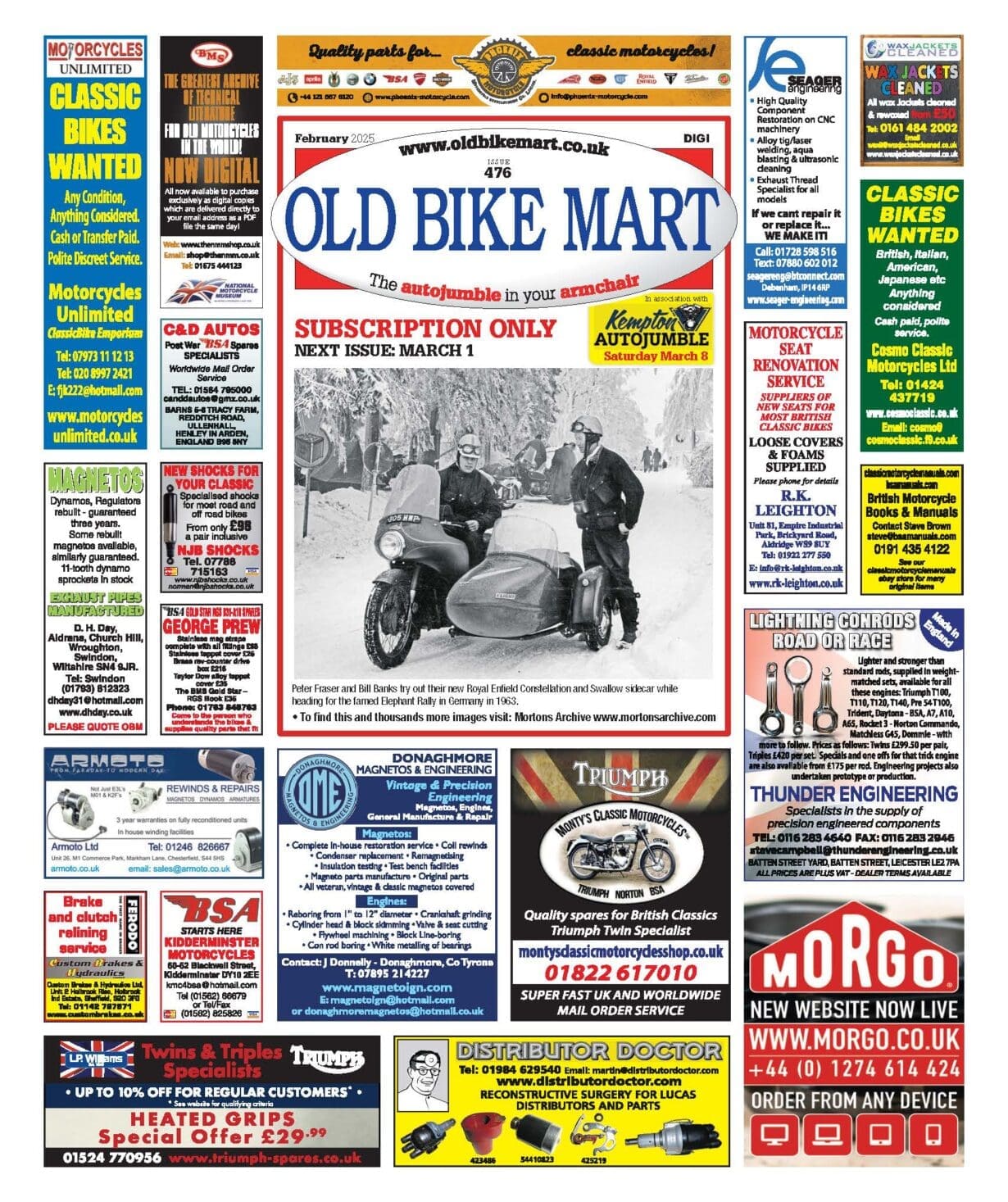Oh noooo… Looks like you’ve taken a wrong turn!
404 – This page has gone missing
We have recently moved some articles, you may be able to find what you are looking for on the menu above or by using the search below.
Looking for the Classic Motorcycle A-Z? you can find it here.
Try searching for what you were looking for…




